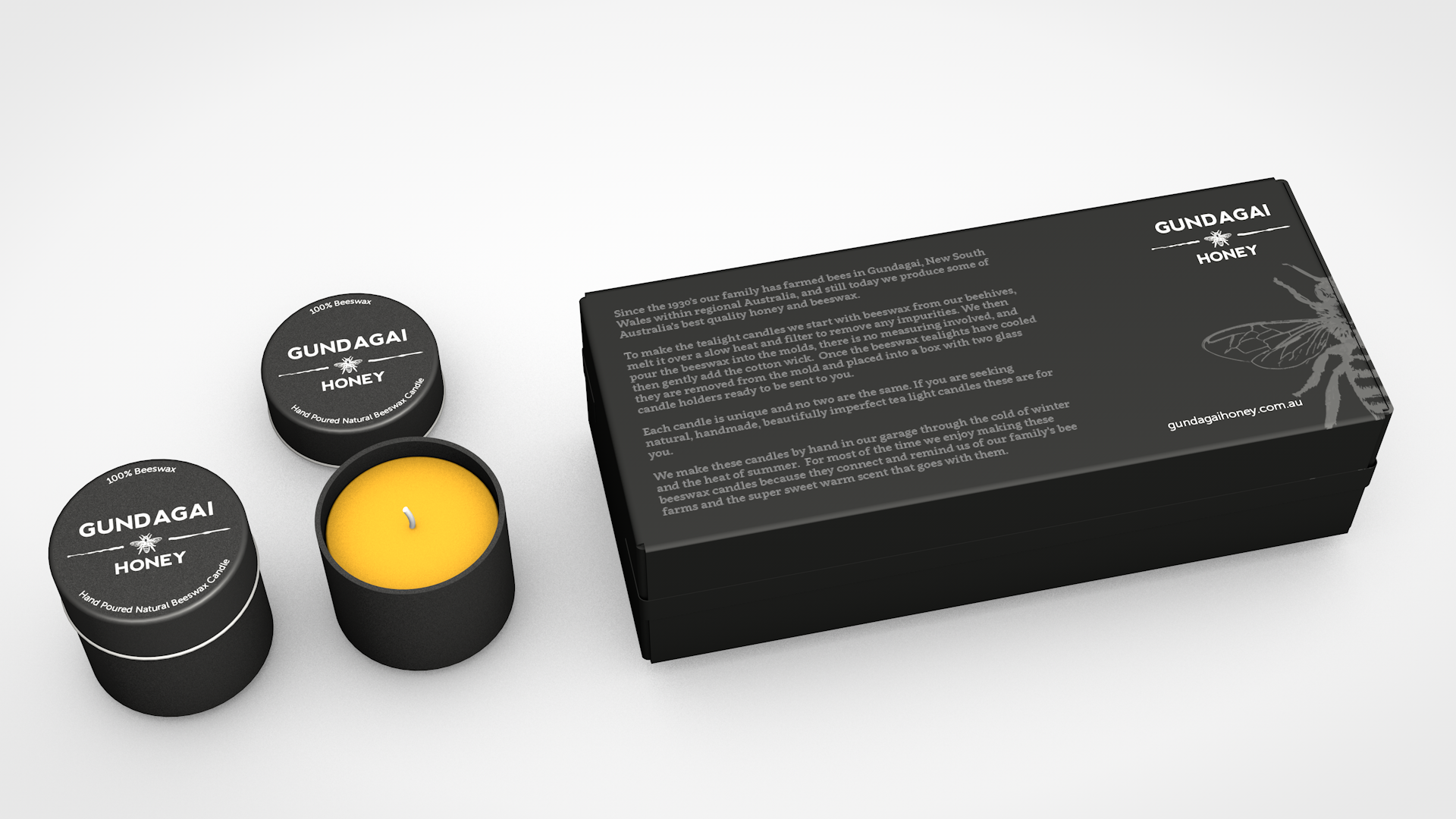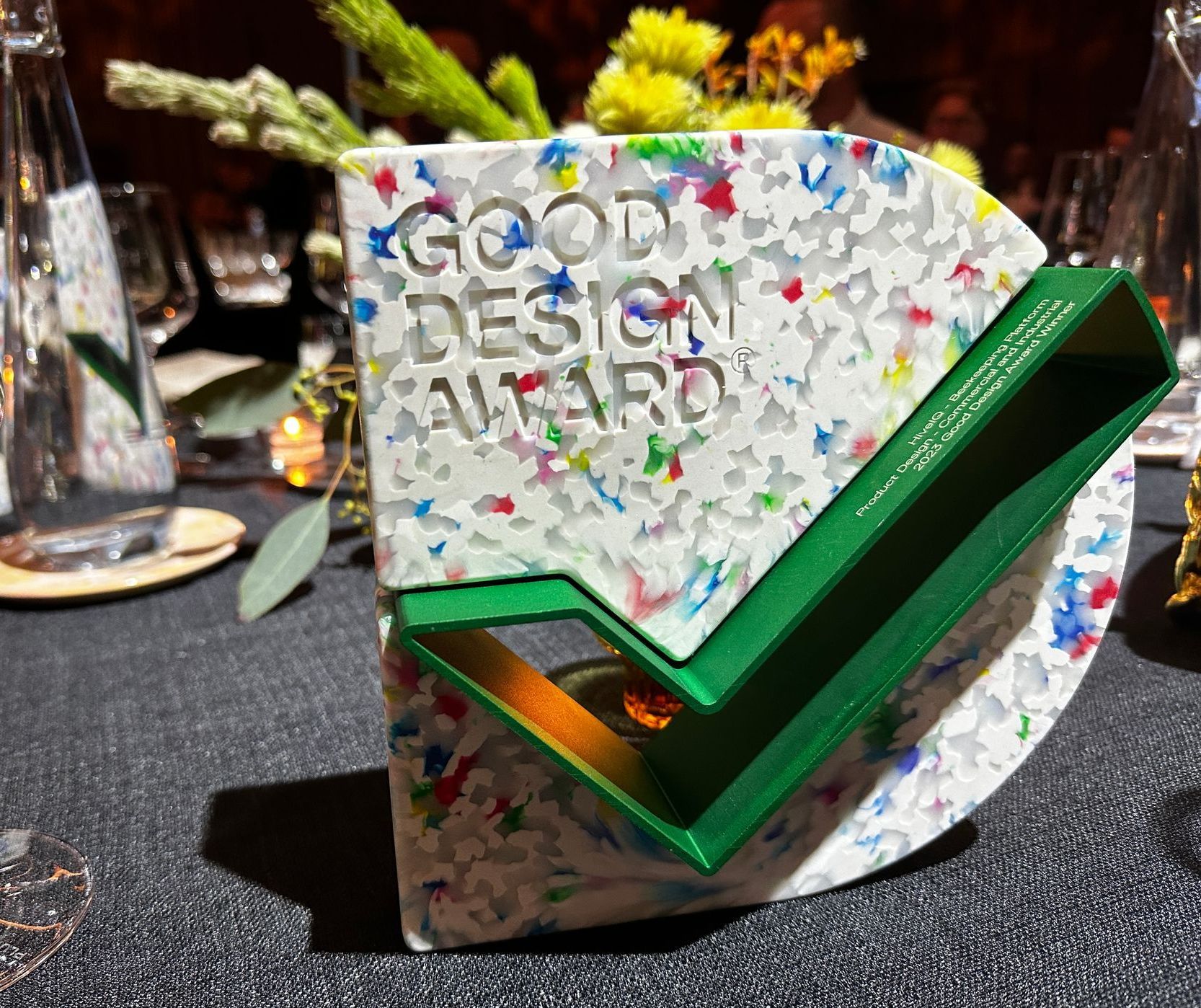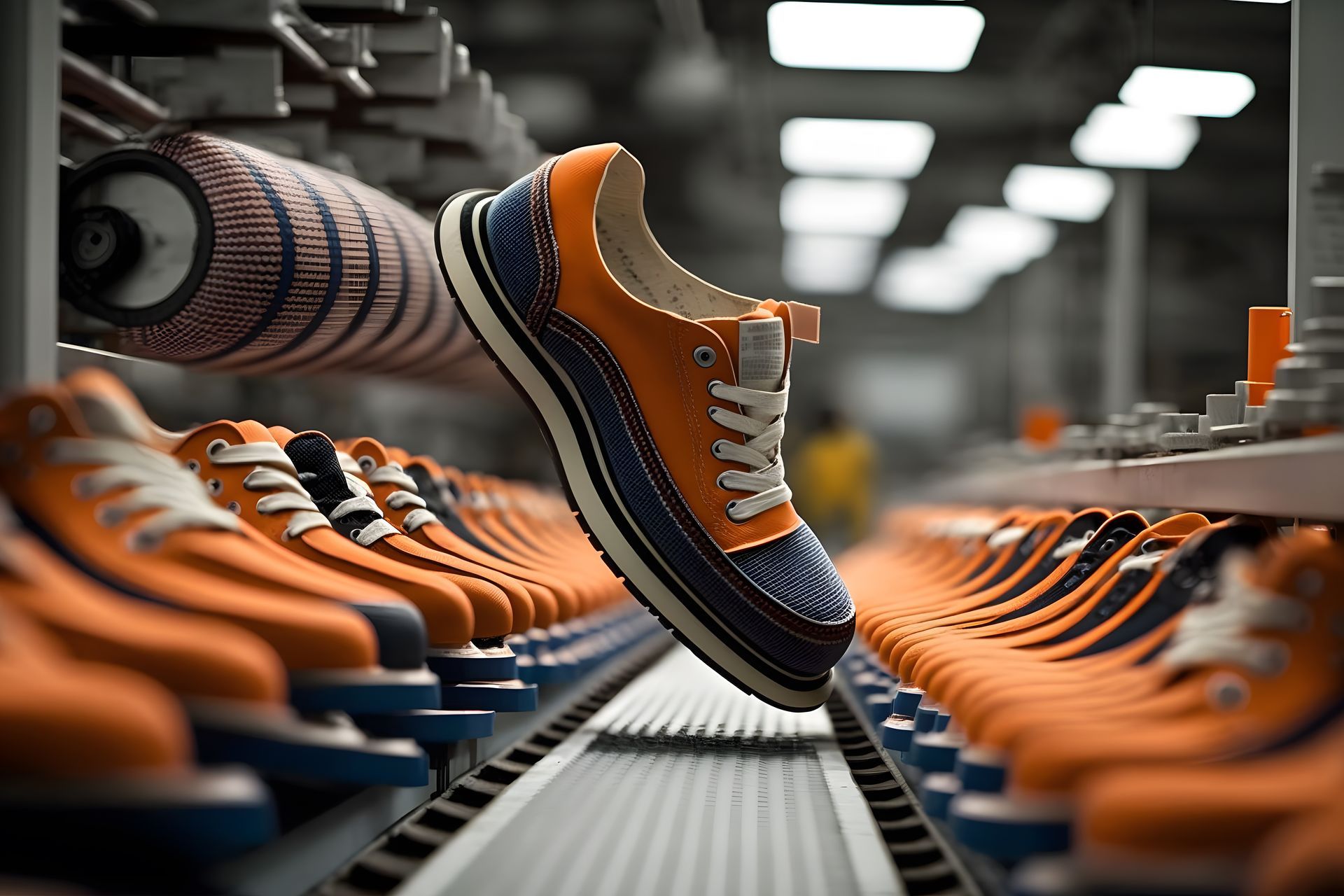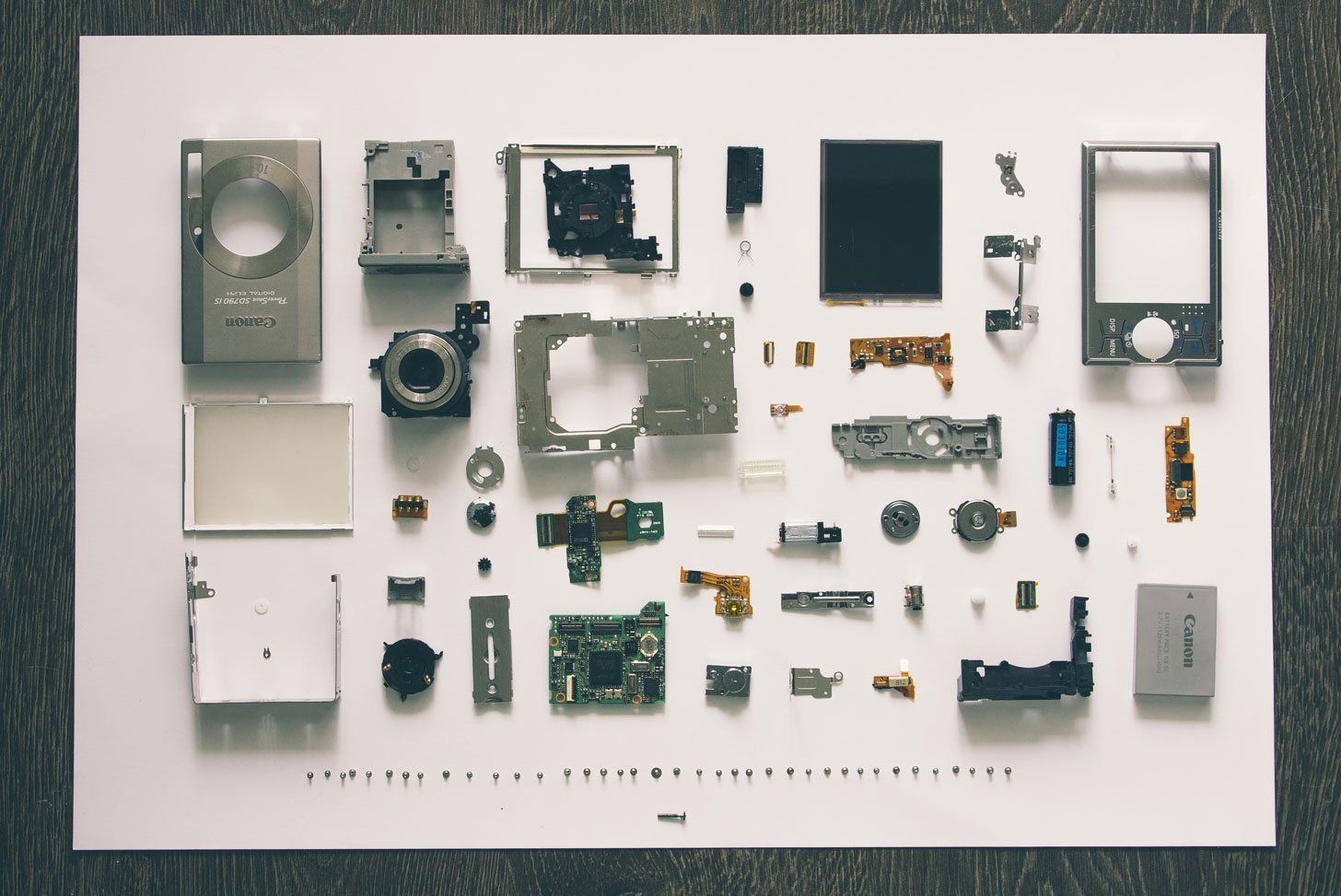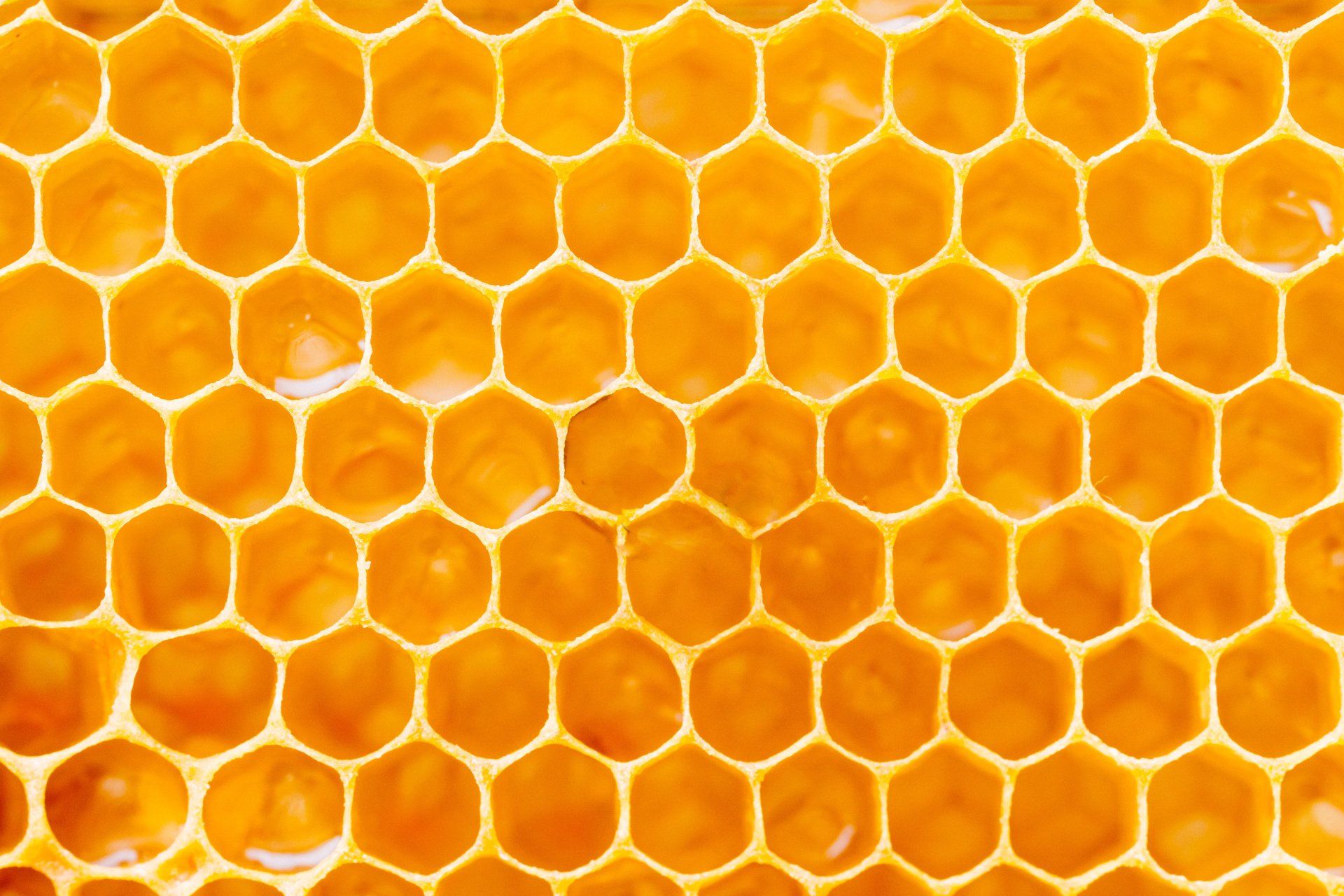
Appropriate Material Selection
October 18, 2022
Selecting the right materials is a critical step in designing a successful product that meets its performance requirements and is cost-effective to manufacture.
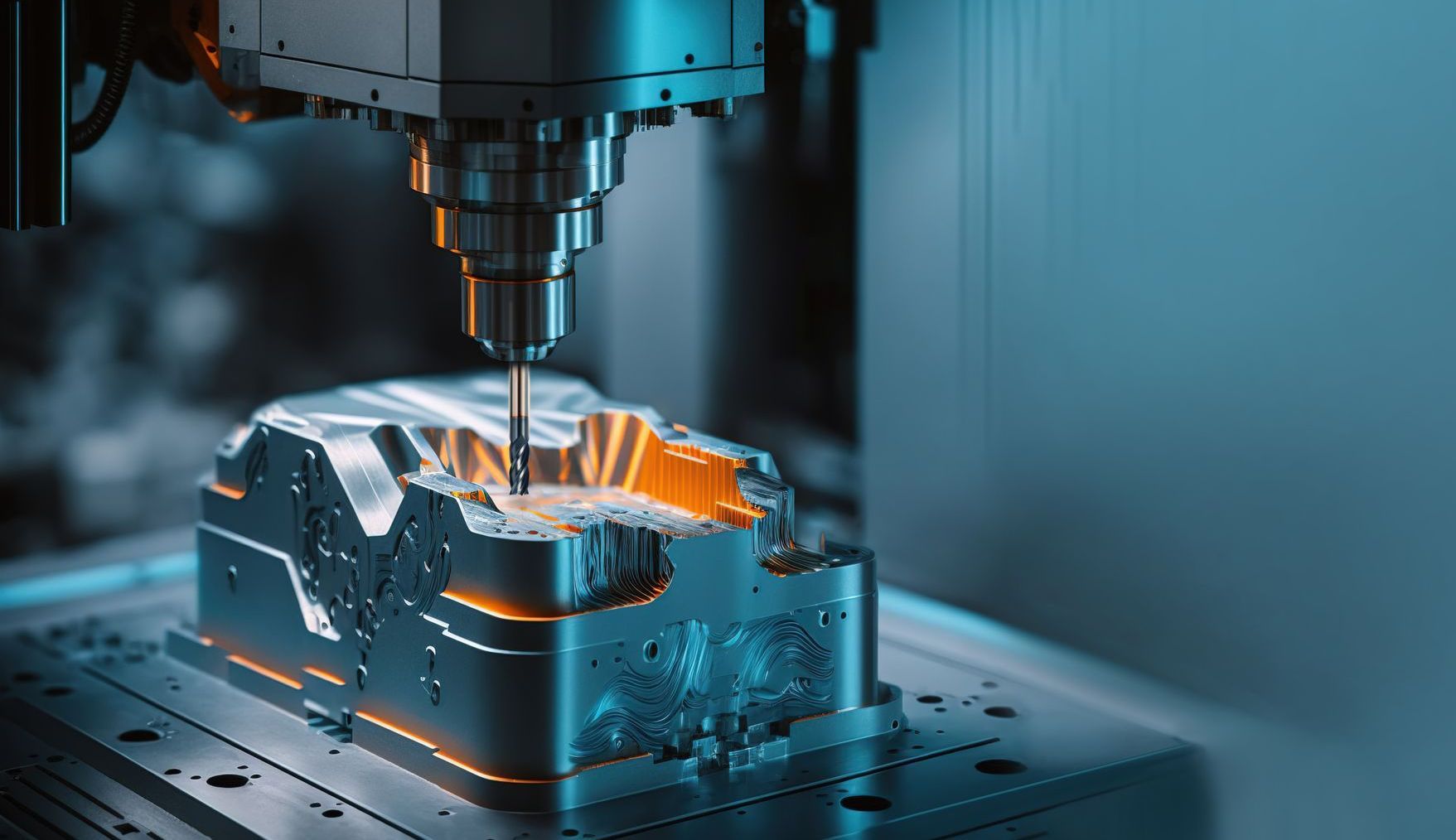
Determining the right material for a product is a critical success factor.
When selecting materials for designing a product, there are several factors that need to be considered to ensure the material is suitable for the intended use. Here are some steps to help guide you in the process:
- Determine the functional requirements of the product: Consider the intended use of the product, the environment it will be used in, the load it will bear, and the stresses it will be subjected to. These factors will help you determine the necessary properties of the material, such as strength, durability, and temperature resistance.
- Consider the aesthetic requirements of the product: The appearance and feel of the product are also important factors. For example, if you're designing a consumer product, the material may need to be visually appealing and comfortable to the touch.
- Research materials options: Once you have determined the functional and aesthetic requirements of the product, research the materials that could potentially meet those requirements. Consider the properties of each material, such as its strength, weight, cost, and availability.
- Compare and evaluate the materials: After identifying potential materials, compare them based on their properties and suitability for the product. Consider the manufacturing process, durability, cost, and sustainability.
- Test the selected materials: Test the materials to ensure they meet the required properties and functional requirements. This may involve physical testing or simulation testing.
- Make a final selection: Based on the results of testing and evaluation, select the material that best meets the functional and aesthetic requirements of the product.
Overall, the selection process for materials when designing a product is a complex and important task that requires careful consideration of the intended use of the product, the properties of potential materials, and the manufacturing process.


